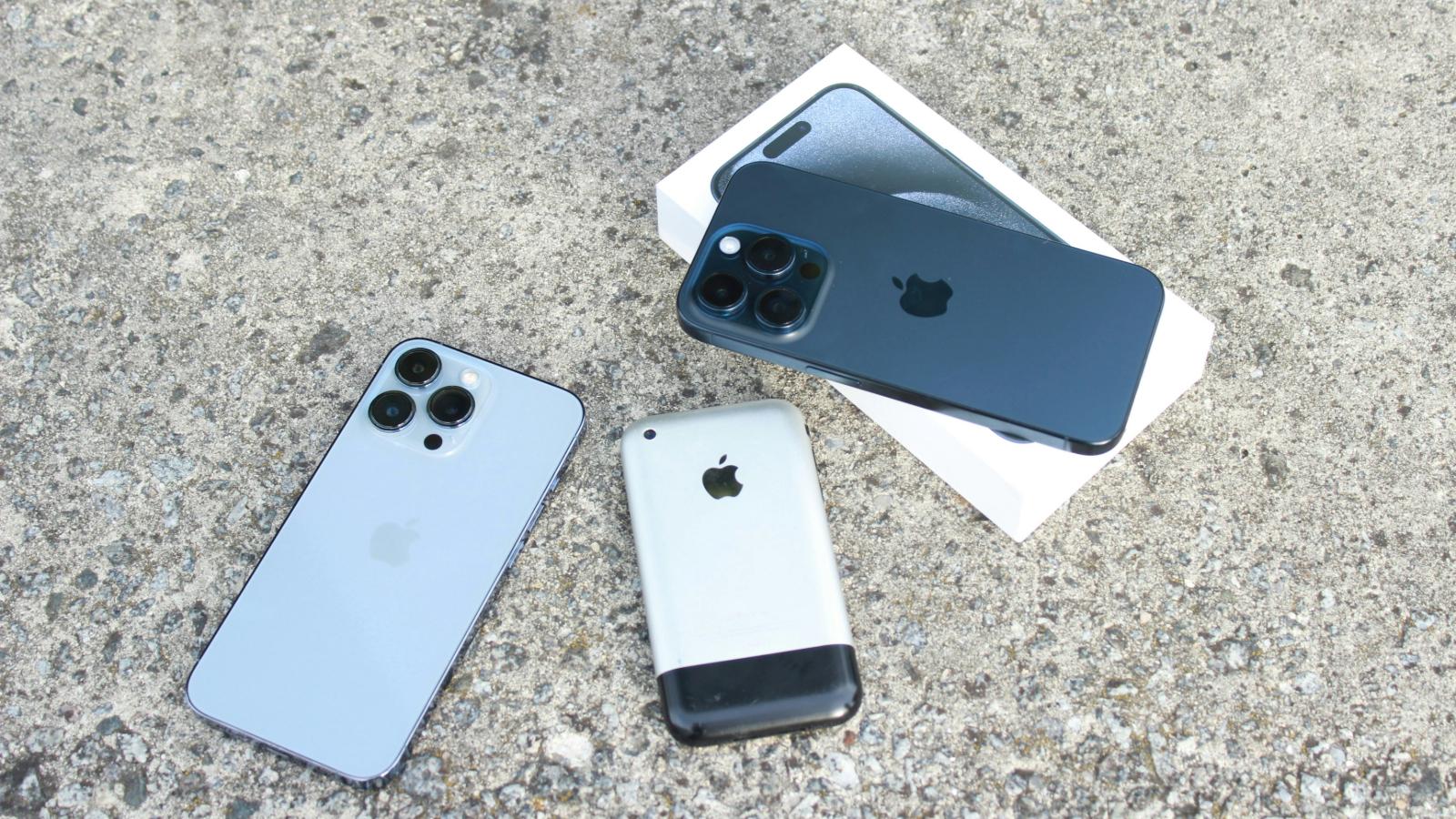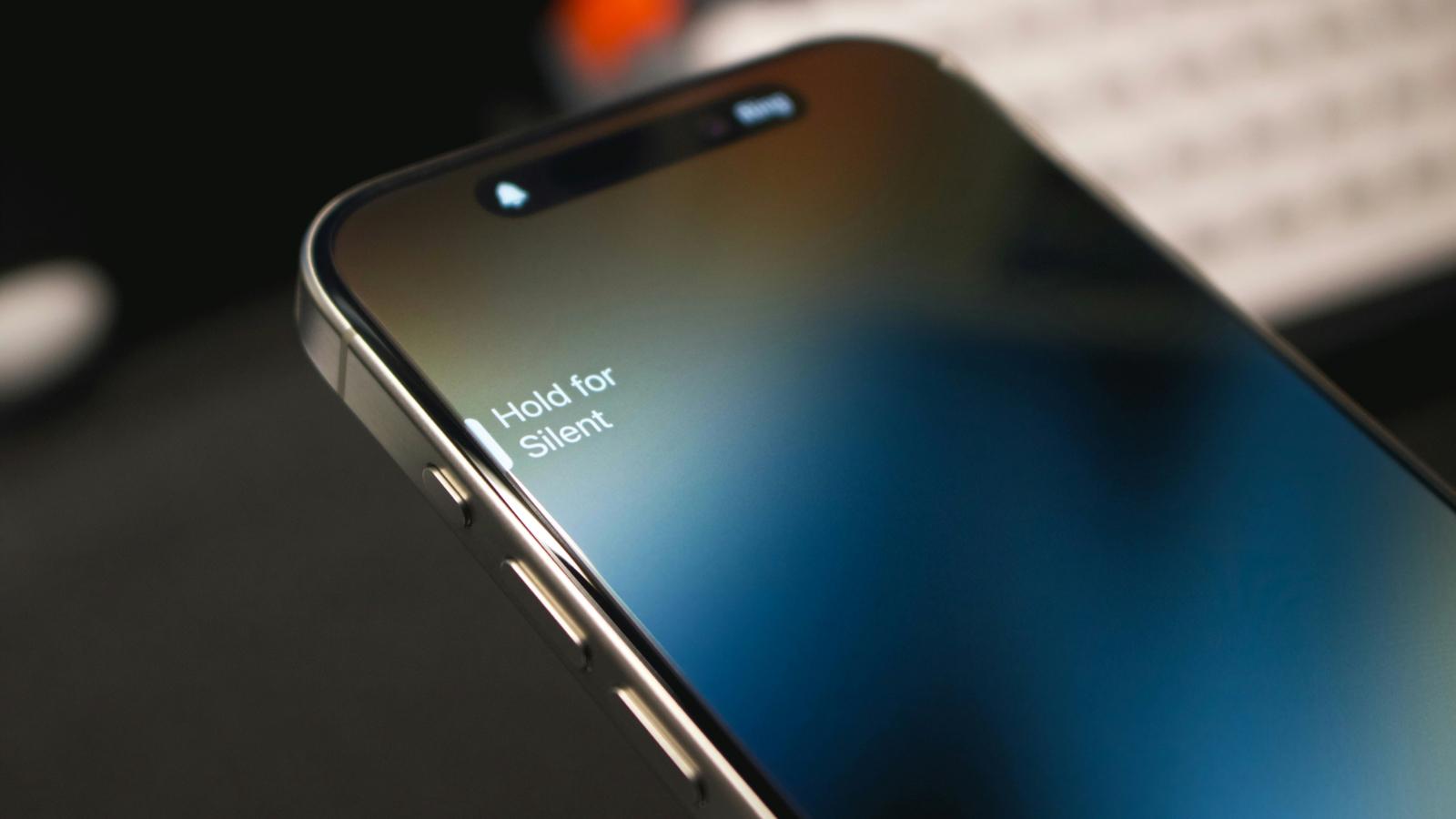Best VR headsets to buy in 2024: Meta Quest 3, Apple Vision Pro & more
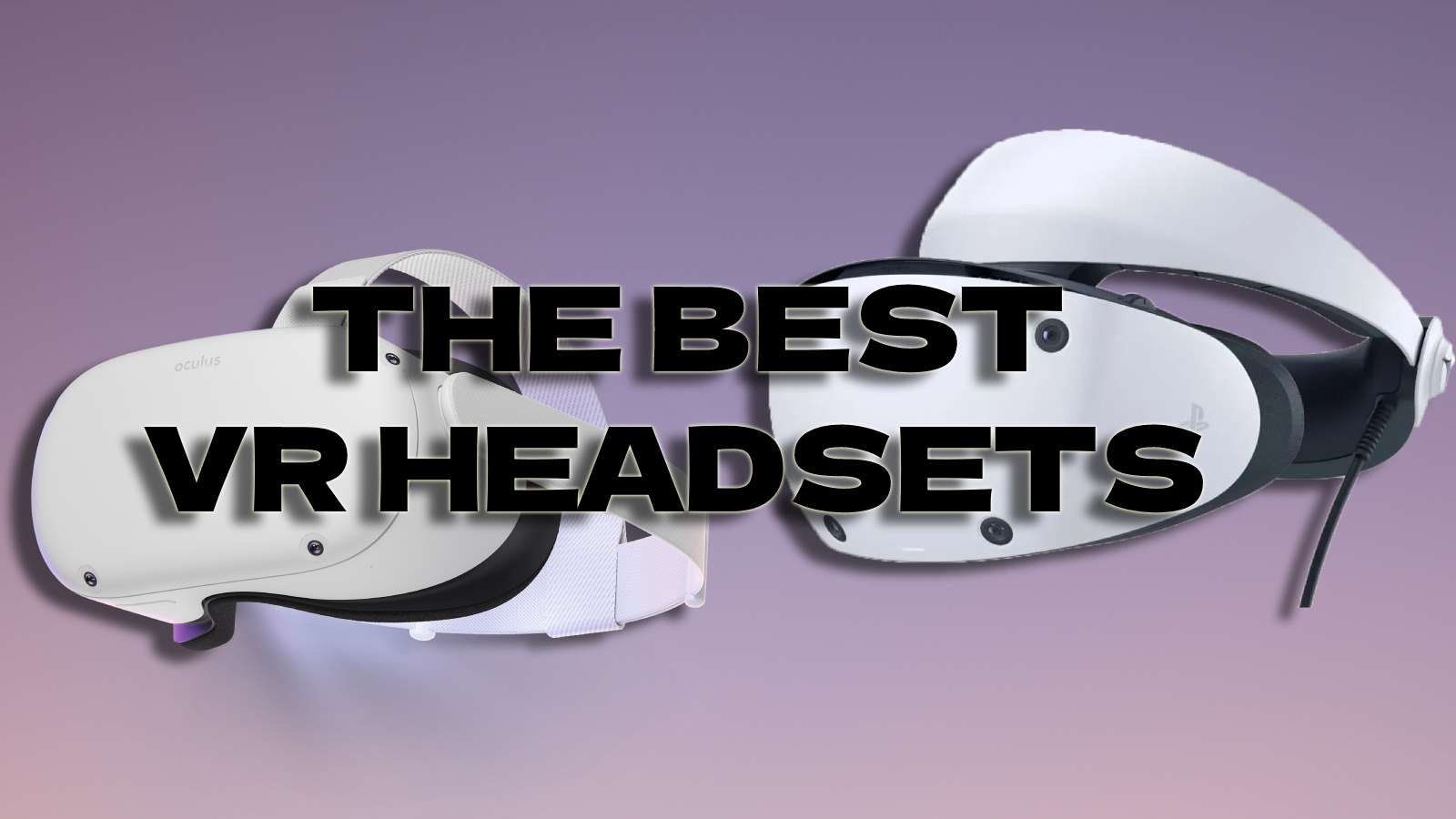 Dexerto
DexertoLooking for the best VR headset? If you are interested in trying out VR for the first time, or you want to upgrade your existing headset, this guide will help you pick the best option.
The launch of the Meta Quest 3 and Apple Vision Pro has revived interest in the virtual reality market. Several companies have produced, or are looking to release new VR headsets. If you are interested in finding out what VR is like, then it can be tricky to know what headset to go for.
The issue is complicated by the amount of terminology specific to VR, such as ‘passthrough’, ‘metaverse’, and ‘spatial computing’. There are also different types of VR to consider, do you want a headset that needs to be tethered to a powerful gaming PC, or will a standalone unit be better? It can be tricky to figure out what it all means.
There is nothing quite like the level of immersion provided by a VR headset, and our guide will help you pick which device is best for you by comparing several currently available headsets so you can make the right choice.
1. Meta Quest 3
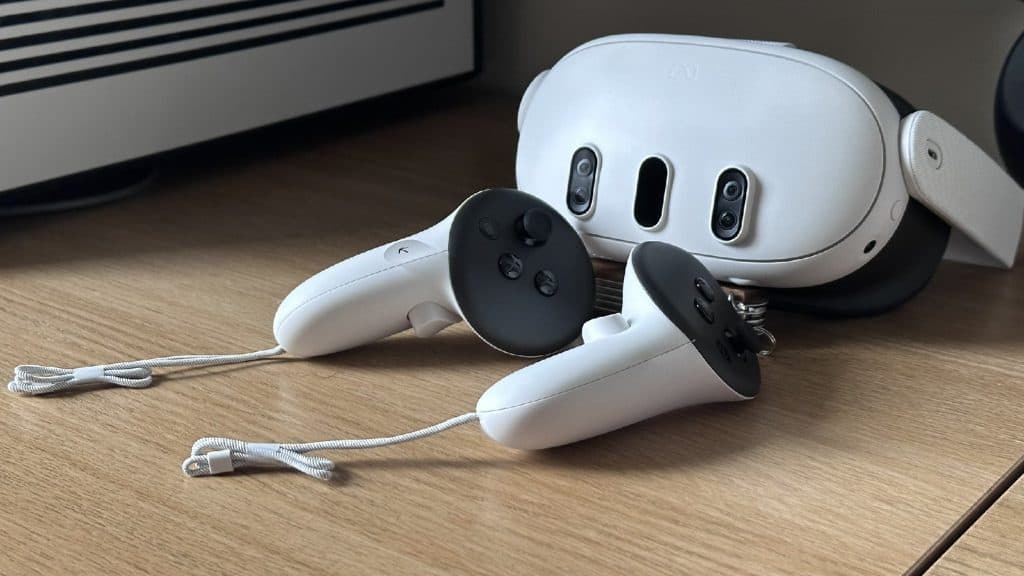 Dexerto
Dexerto Key specs
- SoC: Qualcomm Snapdragon XR2 Gen 2
- Resolution (Per-eye): 2064×2208
- Display type: LCD
- Refresh rate: 90Hz / 120Hz
- Field of view: 110 degrees horizontal, 96 degrees vertical
- Lenses: Pancake
- Features: Lightweight, mixed-reality passthrough, wireless
- Controllers: Meta Touch Plus Controller
- Weight: 515g
- Price: $499.99
The Meta Quest 3 was launched near the end of 2023, and instantly impressed with its excellent screen quality, improved lenses, and impressive level of comfort when worn. It offers a greatly enhanced experience compared to its predecessor, the Quest 2.
It received high marks in our review and even got a nod as one of the best tech products of 2023. One of its stand-out features is a full-color passthrough, which allows users to see the room around them as well as aspects of the virtual environment. This feature lets users do things like watch a movie while doing the laundry or play Switch games on a massive screen.
The Meta Quest 3 may lack eye-tracking and some of the more advanced features of premium VR headsets, but the reasonable price and ease of use make it a great choice for those interested in getting started with VR.
2. Apple Vision Pro
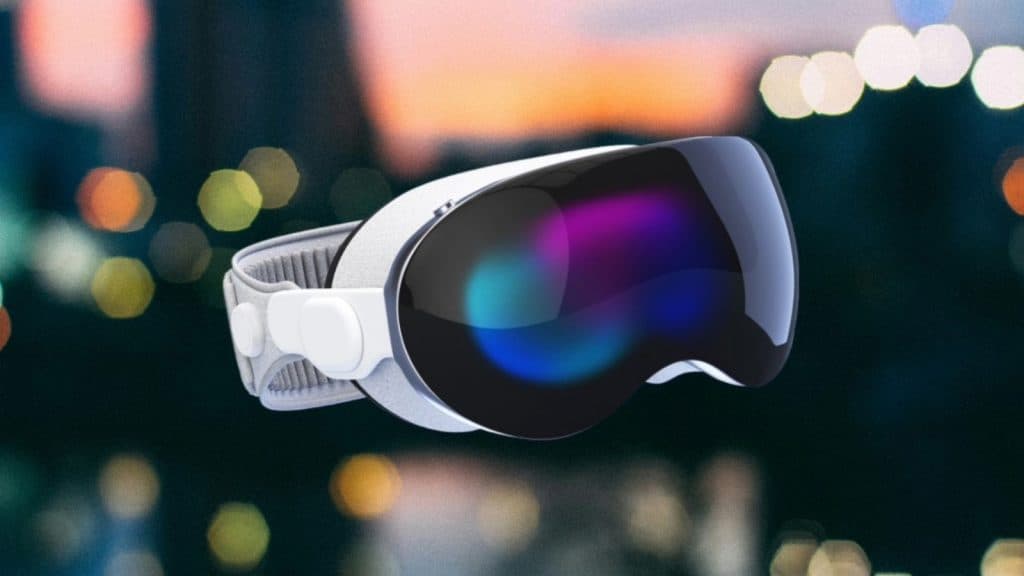 Apple/Unsplash
Apple/UnsplashKey specs
- SoC: Apple M2 (5nm) w/ 10-core GPU
- Resolution (Per-eye): 3680×3140
- Display type: Micro-OLED
- Refresh rate: 90Hz / 100Hz
- Field of view: 100 degrees horizontal
- Lenses: Unknown
- Features: mixed-reality passthrough, partial body-tracking, eyesight screen
- Controllers: None.
- Weight: 650g (w/o battery)
- Price: $3500
The Apple Vision Pro launched only a short time ago, but hype for the product has been strong, considering Apple’s considerable user base. Though still in the early phases of user adaption, some interesting use cases for the Vision Pro have already been found, such as a Hollywood director using his Vision Pro to help edit a film.
The Vision Pro has several advanced features, such as hand and eye tracking, which can be used to control games and other apps, and it can interface with other Apple devices like keyboards and mice for a portable desktop or productivity setup.
However, the Vision Pro is very much a premium product, and that means premium costs. At $3500, the Vision Pro is only for VR fans with very deep pockets.
3. PlayStation VR 2
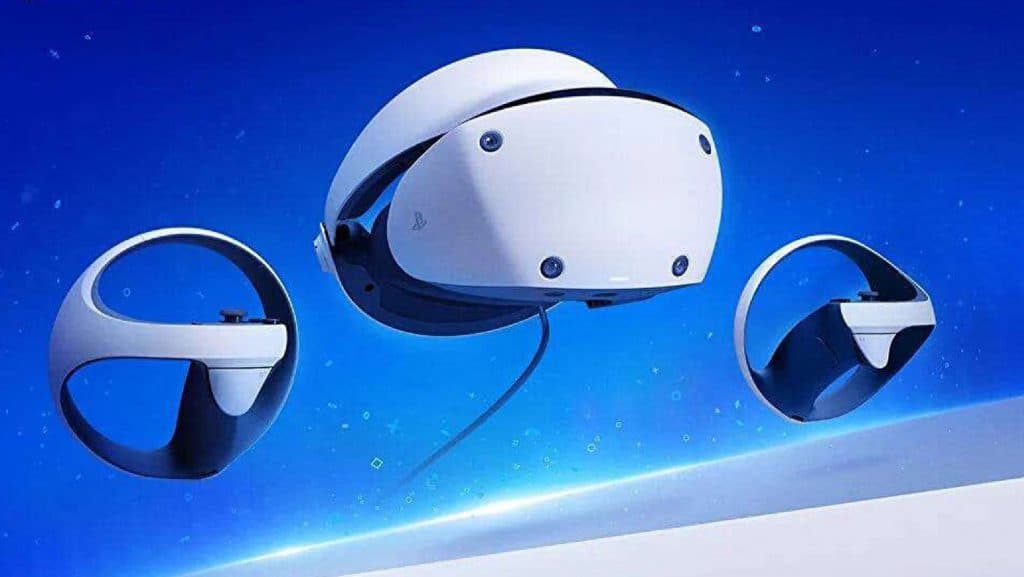 Sony
SonyKey specs
- SoC: N/A
- Resolution (per eye): 2000×2040 per eye
- Field of View: 110 degrees horizontal
- Display type Type: LCD
- Max Refresh Rate: 120Hz
- Features: Inside-out tracking with PS Camera, backwards compatible with PSVR titles
- Controllers: Motion-tracking Sense controllers
- Weight: 650g
- Price: $549
The PlayStation VR2 is the follow-up to the original PlayStation VR. Though the original PSVR was limited in many ways – notably by the use of the PS Move controllers – it was still a capable device and one of the most comfortable VR headsets of that generation.
The PSVR2 improves on the original in pretty much every way, offering crisps 4K OLED panels, a 120Hz refresh rate, and 110-degree FOV for a smooth and rich visual experience that helps immerse you in the virtual world of your choice.
The PlayStation also has an amazing library of VR games to explore, including some that are exclusive to the platform. This does come along with the major downside that you have to invest in both a pricey games console and an expensive VR headset with it.
4. Valve Index
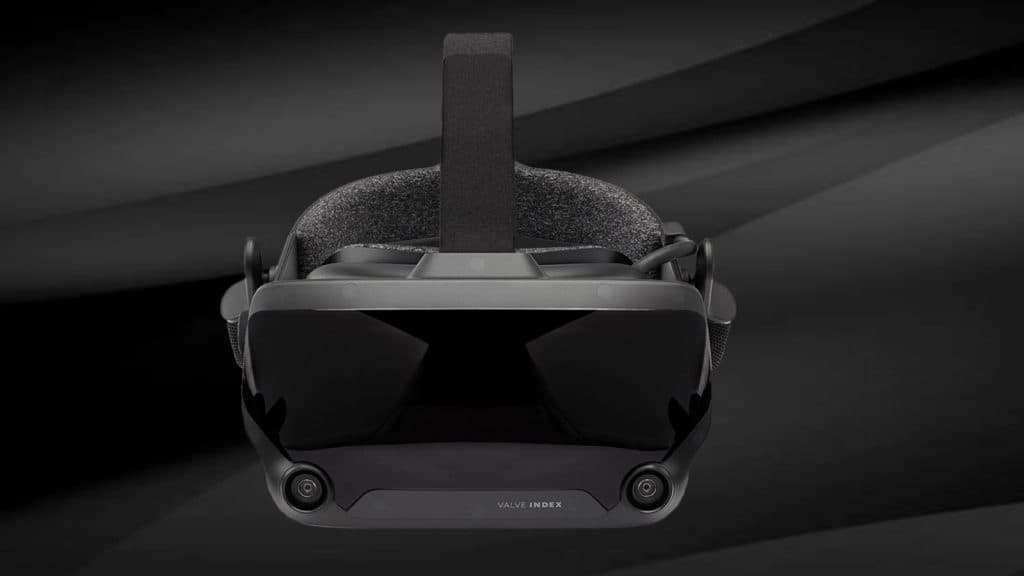 Dexerto
DexertoKey specs
- SoC: N/A
- Resolution (per eye): 1600×1440
- Field of View: 130 degrees horizontal
- Display Type: LCD
- Max Refresh Rate: 144Hz
- Features: SteamVR Base tracking Stations, requires gaming PC
- Weight: 809g
- Price: $999
The Valve Index is a very capable PC VR system that will offer an excellent quality experience. It does require a reasonably powerful gaming PC to tether to, which limits its appeal to people who already have such a gaming rig.
Valve used the experience it gained after collaborating with HTC on the Vive in order to create its own PC-based VR system. Unlike most of the other VR systems in this list, it uses external tracking base stations for its positional tracking, which can be cumbersome for people in small spaces. However, those tracking stations allow much more precision in motion tracking, especially in ‘room scale’ VR experiences.
5. Pimax Crystal
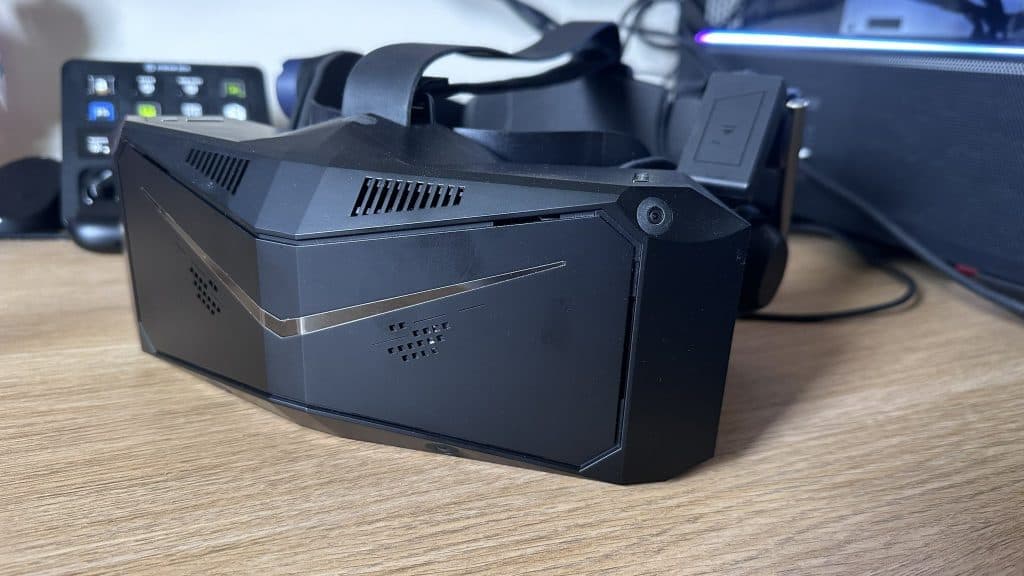 Dexerto
Dexerto Key specs
- SoC: N/A
- Resolution (per eye): 5760×2880
- Lens Type: Aspheric optical lens
- Field of View: Horizontal 125 degrees, Diagonal 140 degrees
- Display Type: QLED+ MiniLED
- Max Refresh Rate: 120Hz
- Features: 35PPD, 15ms MTP latency, inside-out tracking, replaceable battery
- Weight: 960g (With battery)
- Price: $1599.99
The Pimax Crystal is a massive beast of a headset that can seem very intimidating to many users not experienced in VR. Despite its size, it is surprisingly comfortable to wear, and its specs mean that it offers one of the most premium VR experiences, once you can get everything set up and plugged in.
Like the Valve Index, the Pimax Crystal needs to be tethered to a gaming PC, but unlike the Index, the Pimax Crystal requires cutting-edge hardware to perform at its best.
If you have a powerful gaming rig and the patience to set everything up correctly, then the Pimax Crystal can deliver a truly astounding VR experience that is miles ahead of what standalone VR devices can offer.
This is not a device for beginners, however, and the hefty price tag does count against it.
Honorable mention: Meta Quest 2
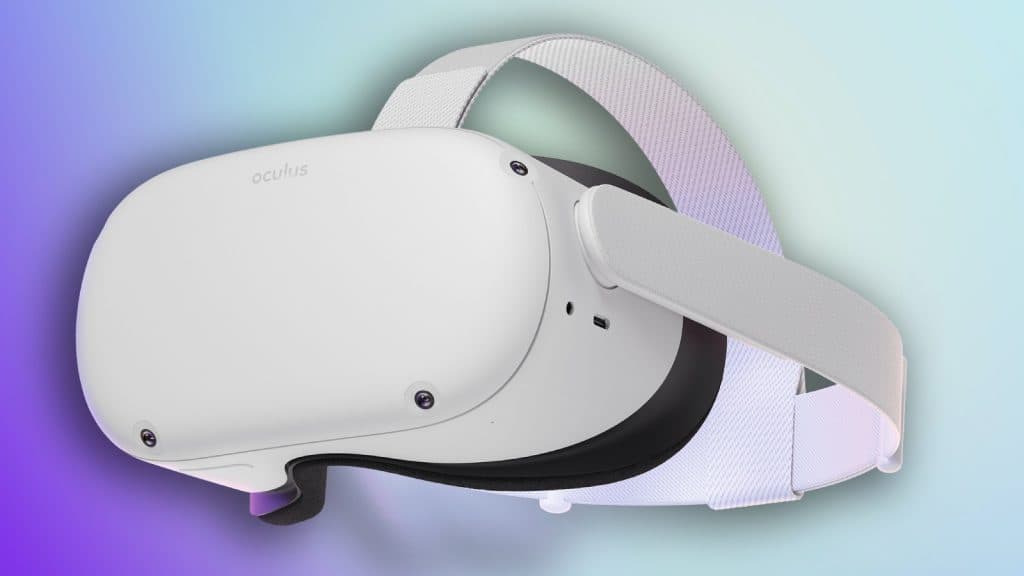 Meta
MetaKey specs
- SoC: Qualcomm Snapdragon XR2
- Resolution (per eye): 1832×1920
- Field of View: 100 degrees horizontal
- Display Type: Fast Twitch LCD
- Max Refresh Rate: 120Hz
- Features: Inside-out tracking, wifi streaming
- Weight – 503g
- Price: $249
The Quest 2 is a few years old now, and no longer cutting-edge tech. That said, there is a lot to enjoy in this VR device. Many apps and games on the Meta store are still compatible with the Quest 2, such as Asgard’s Wrath II and many services work just as well on Quest 2 as on Quest 3.
If you are interested in dipping your toes into the VR water, then the reduced price of the Quest 2 compared to its successor makes it an attractive budget option to get started with.
What is VR?
VR stands for Virtual Reality. This is a technology that allows people to be immersed in a simulated world. These experiences are delivered using a VR headset, which uses a pair of lenses inside a frame like a pair of goggles. This headset tracks the movement of your head, so the image you see adjusts accordingly. Most instances of VR will allow you to control or interact with the environment in the same way, usually via a handheld controller.
What is XR?
Mixed reality or eXtended reality is sometimes abbreviated as MR or XR. This indicates a ‘mixing’ of the real and virtual worlds. Unlike in augmented reality (AR) this is not just an overlay, but rather something that the user can interact with. This is usually accomplished using the ‘passthrough’ functions such as those in the Meta Quest 3 or Apple Vision Pro.
What does FOV mean?
You might have noticed in the specs listed above references to ‘FOV’. This is the field of view that can be displayed by a headset. This means everything the headset can display at one given moment. This is usually measured in degrees, and a higher number usually means more can be displayed, though this of course needs to be paired with resolution to get a good idea of what a given headset can do.
What does DoF mean?
This refers to movement and tracking within VR. Most headsets are capable of 3DoF, or 3 degrees of freedom, which means they can track the yaw, pitch, and roll of the headset, but not the x, y, z coordinates in physical space. Headsets with 6DoF can track all six. 6DoF is generally preferable for accuracy and immersion.
Tracking types
The most common form of tracking currently is ‘Inside out’ tracking. This means that cameras and sensors on the headset point ‘outwards’ towards the physical environment and track movement relative to the features of the environment.
‘Outside In’ tracking requires external sensors or tracking towers to accurately follow the user’s movement in physical space. This makes set-up more difficult but provides more accuracy.
Types of VR
VR headsets come in three main types. The first is PC VR, like the Oculus Rift that launched the modern generation of VR headsets, PC VR headsets need to be physically connected or ‘tethered’ to a powerful gaming PC to work. The advantage of this is that it can provide better graphics and smoother framerates but at the disadvantage of additional cost.
The second is standalone VR devices, such as the Meta Quest headsets, or the Apple Vision Pro. These work entirely by themselves and do not need external hardware to function. Thirdly is console VR, which at the moment is dominated by one example: the PlayStation VR2. Similar to PC VR, console VR needs hardware external to the headset to work, in this case, a PlayStation 5.
What’s the best VR Headset for you?
As with most major hardware purchases, the best VR headset ultimately comes down to your own personal preferences and circumstances. There are plenty of choices but not everyone can afford a high-end PC after all, never mind an often-expensive VR headset to go alongside it.
If nothing but the absolute best will do and you’ve got the funds to back it up, then the Vive Pro 2 is your strongest choice on PC right now, providing a strong 5K experience. If you’re working within a budget, want minimal fuss in setting it up or you’re relatively new to VR, the Quest 2 is a solid all-rounder. It doesn’t require extra hardware, has numerous exclusives, and Meta is investing heavily in this platform.
Also, make sure to check out our other guides:
The best PS5 controllers | The best mobile games to play in 2023 | Best gaming keyboards | Best CPU for gaming | Best PC controller | Best budget gaming desk | Best power bank for steam deck | Best 1440p Monitor for PS5 | Best gamecube controller for Switch and PC
